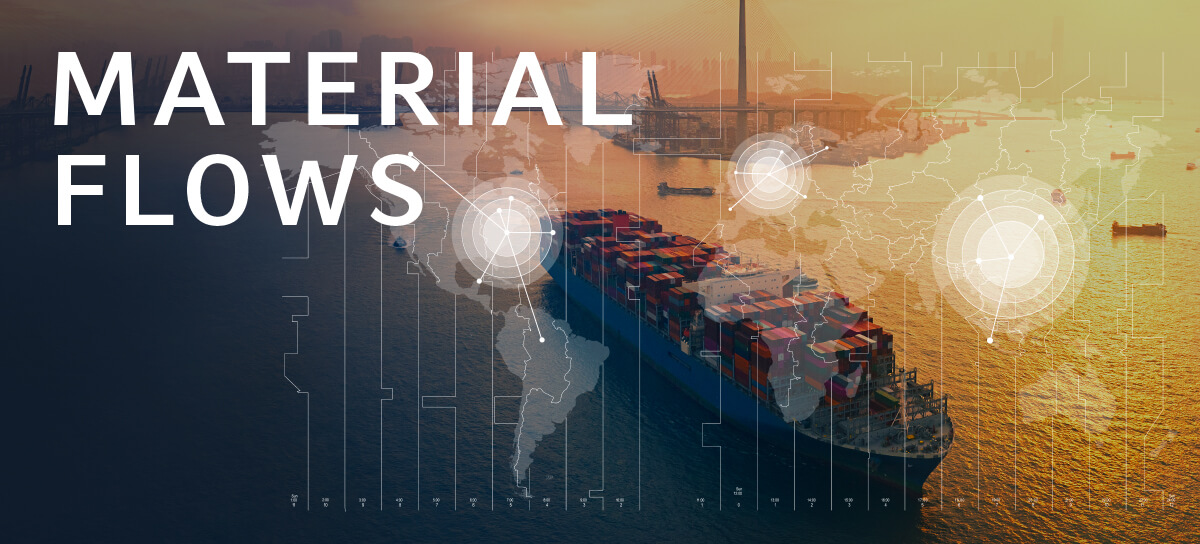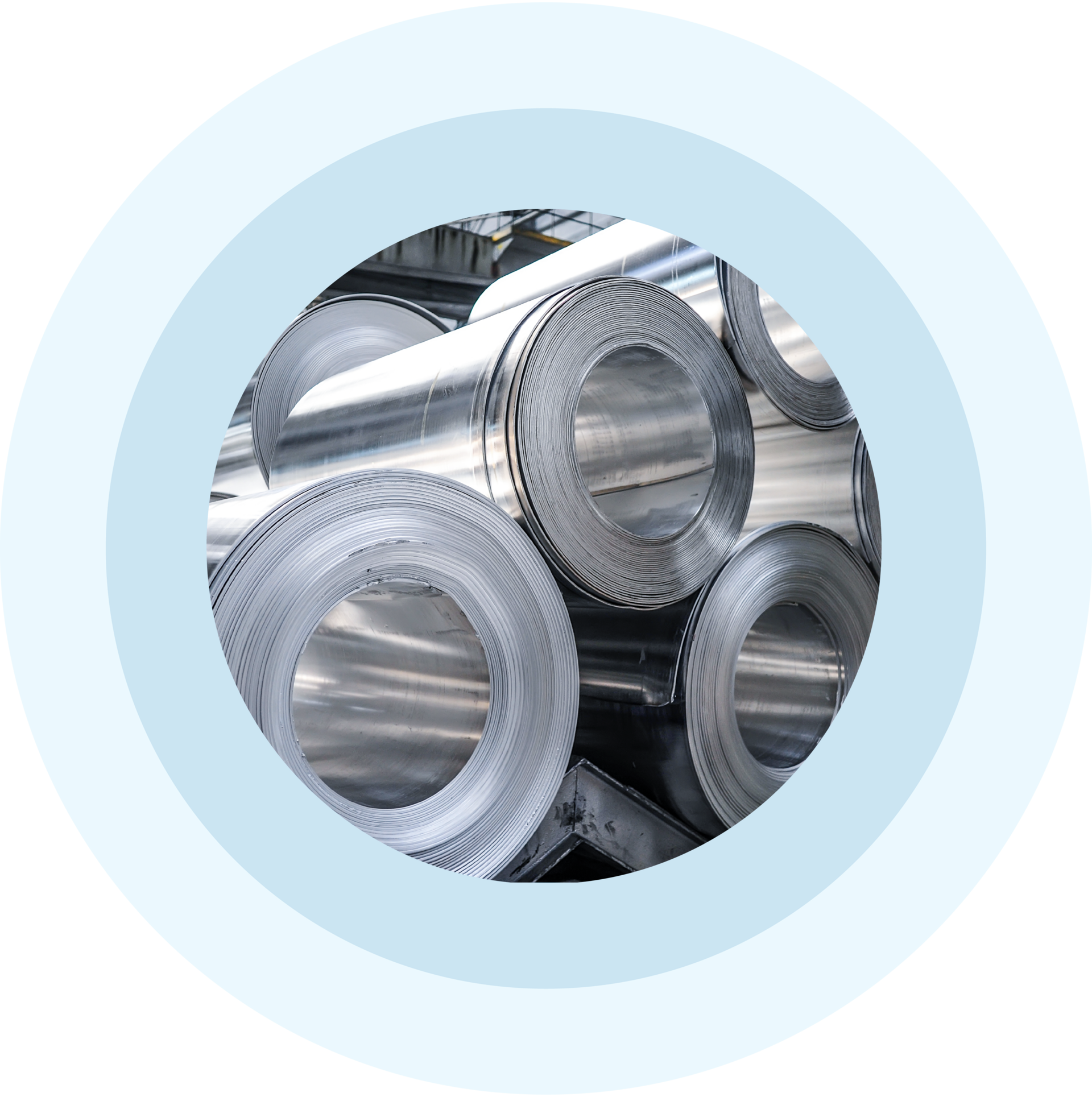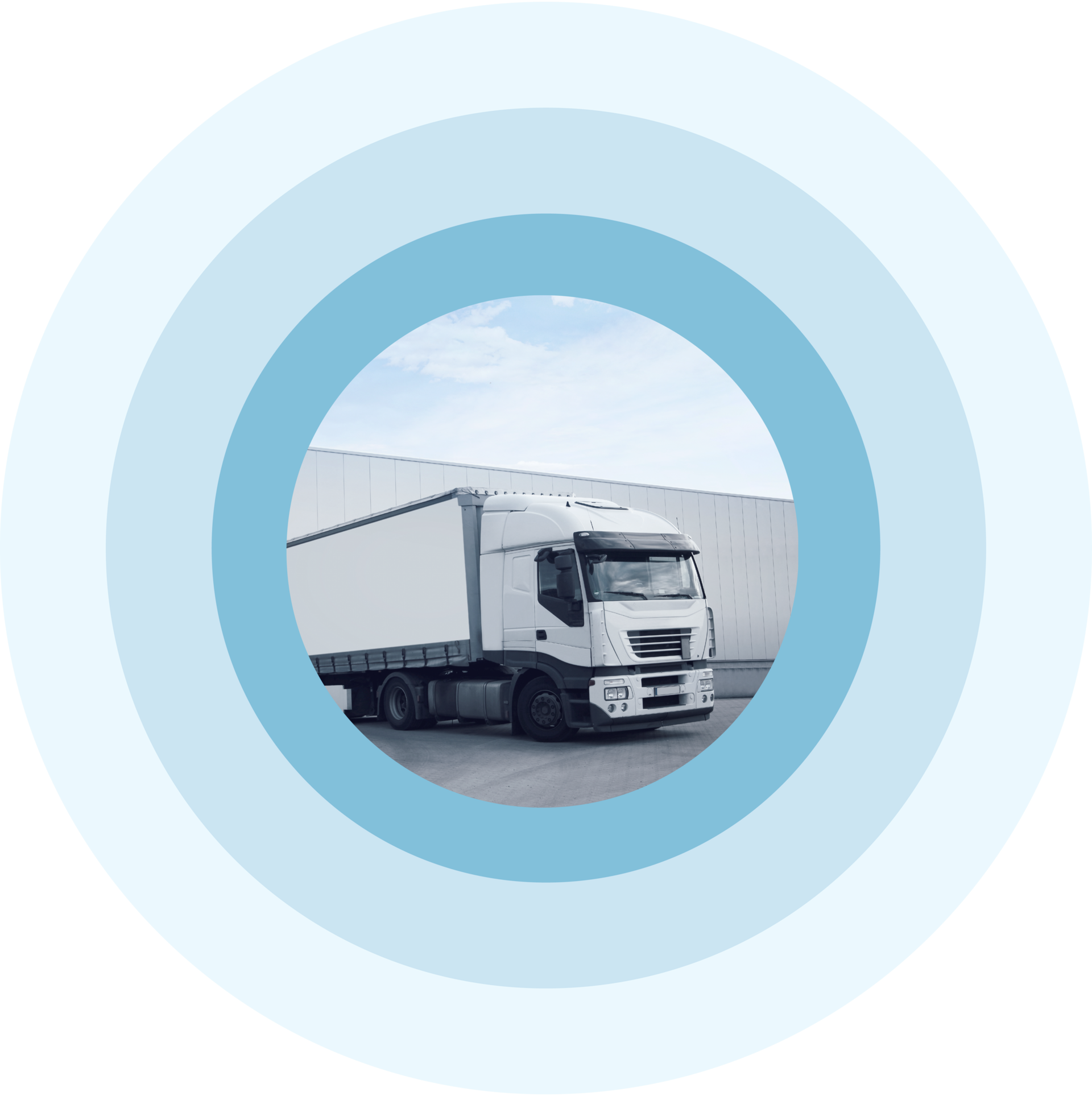
Material flow
When staff at ElringKlinger’s German plants are starting work, their colleagues in China are already getting ready to go home for the evening, while the US is just coming to the end of a night shift. ElringKlinger is always on the move, and the company’s global flows of goods are a good example of this. If you take a look inside the world of the raw materials that are currently feeding into the design for CO2-friendly vehicles, you will find a lot of metals and plastic granulates being used. But how is it even possible to maintain material flows within a global group of companies when supply is strained all over the world?
Container ships can accommodate up to 24,000 20-foot standard containers. They transport valuable raw materials and goods across the oceans and are an elementary part of global supply chains. During the pandemic it became clear that it is not only goods that are becoming scarce, but also containers themselves.
The coronavirus pandemic has literally slammed the brakes on the global economy over the past two years – a virus that started by crippling people’s mobility before its far-reaching consequences very soon made their presence felt in the economy as protective measures were imposed. Bottlenecks emerged when the global economy started up again after the hard lockdown of spring 2020, which caused many companies – ElringKlinger included – to halt production entirely. Besides impacting the general availability of goods and raw materials, these also led to marked price rises and massive delays to deliveries.
Demand for plastic, steel, sheet metal, and wood increased significantly at the start of the pandemic, at a time when capacity was falling and could not be expanded fast enough. Production volumes were down in many places, causing delays right at the start of the value chain. The problem was exacerbated by a shortage of shipping containers hitting world trade.
Ships handle 60% of global goods traffic. Many of these transporters, some true behemoths, load up on goods and raw materials from China and ship them past India, through the Suez Canal, and over the Mediterranean to Europe in the space of 48 days. When only China imposed a strict lockdown at the start of the pandemic, empty containers were not being sent back there. This led to a major container shortage when the Chinese lockdown was lifted, pushing both transportation costs and prices for containers up sharply. In addition to the higher transportation costs and the restrictions on the labor market resulting from the coronavirus, the export ratio of raw materials and industrial goods from China and the US also increased due to the high demand for such items. And there was another relevant factor too: with interest rates being kept persistently low, demand in the construction industry especially was also very strong across the world. This sector needs wood and steel in particular – raw materials that quickly became much more expensive.
Steel is a crucial raw material for the automotive industry, which is one of the steel sector’s biggest customers. In the early days of the coronavirus pandemic, production lines across the world had to be shut down, forcing many steelworks to curb their own production or scale back their capacity, sometimes drastically. The raw materials shortage that this produced was considerable. It was and remains a similar story for other key raw materials such as aluminum or plastic granulates, i.e., pellets, such as PA6.6. The availability of raw materials was disrupted and demand was rising, pushing what were already high prices up even more.

The automotive industry is one of the largest customers of the steel industry. Steel is usually delivered in coils weighing several hundred kilograms. Delivery problems in the steel industry hit the automotive industry hard.
Local and Global – from our origin in Germany we have positioned us globally to serve our customers on a local basis.
This availability was further restricted by an increasing number of cases of “force majeure” caused by extreme weather events, among other things. Supply contracts could no longer be adhered to, something that would have seen suppliers pay penalties to their customers under normal economic circumstances. The French term “force majeure” (literally: “superior strength”) describes an external event that causes damage or loss and that cannot be avoided even by taking due care. Many international supply contracts contain a force majeure clause. This clause has been invoked very frequently over the past two years since the start of the coronavirus pandemic. Suppliers have been unable to fulfill their supply contracts on time for a variety of reasons, and the amount of economic damage that this has caused is enormous. And, ultimately, this fraught situation persists to this day.
Last year saw an unprecedented event: when the container ship “Ever Given,” passing through the Suez Canal on its way from Shanghai to Rotterdam, ran aground on March 23, 2021, with its bow stuck on the canal’s eastern bank, ended up diagonal, and thus blocked traffic through the canal in both directions, the chaos was complete. Even though there had been fears that this global logistical bottleneck would be out of action for much longer, it still took six days for the damage to be fixed. Hundreds of ships had to wait before they could resume their journeys. And the consequences went on for much longer than it took to rescue the ship: although the line of waiting ships gradually delivered cargo to their destinations, the facilities there were unable to handle this pile-up of arrivals, causing traffic jams outside all the ports.
This incident shows just how complex and even fragile global supply chains are. Companies that base their production at a single site or on a single continent were particularly badly hit. If they have customers all over the world, they have to shoulder the price fluctuations on the logistics markets in order to honor their supply contracts. Just like with raw materials, prices have also shot up here too. Whereas sending freight in a 40-foot shipping container on the eight main east-west shipping routes – i.e., from China to Europe or the US, for example – cost an average of USD 1,780 in early January 2020, the price had risen as high as USD 9,340 by December 2021, a staggering 425% increase.
The logistics experts and production planners at ElringKlinger always strive to find the shortest and most efficient route for all material flows within the group. For this, state-of-the-art software is used to coordinate delivery dates on the goods receipt side and to achieve deliveries to customers on the sales side.

Looking at this trend in particular reveals how ElringKlinger’s globalization strategy has paid off. ElringKlinger supplies customers in 62 countries all over the world and has 39 production sites on all the continents of relevance to the automotive industry. ElringKlinger’s approach is “local and global” – from its origins in Germany, the supplier from Swabia has built up a global operation to keep its customers supplied locally. This means that, besides being closer to the customer, the Group also understands them better, can give them better support, and can drive forward development projects in partnership with them. The past two years in particular have shown that the ability to supply customers on time is a valuable commodity. For instance, ElringKlinger does not need to ship many raw materials from China to Germany to be turned into products here and then sent back to customers in China. Besides being costly and susceptible to delays in delivery, such an undertaking also, and in particular, has an adverse impact on our environment and climate. Adopting a global approach to local production also allows CO2 emissions to be significantly reduced.
The logistics experts and production planners at ElringKlinger are always looking for the shortest and most efficient path for all material flows within the Group. This calls for a nuanced approach, because there is no one-size-fits-all solution that will work best for all production sites and that can simply be imposed on all the others like a template. Instead, various factors need to be considered from an early stage – specifically, from when production is being planned and designed. Several elements play an especially important role here: material prices and properties, freight costs, availability levels, CO2 emissions caused by suppliers’ manufacturing and shipping activities, and storage capacity. Once suitable suppliers have been selected, it is up to ElringKlinger AG’s central Purchasing department to negotiate delivery deadlines and terms. Choosing suppliers carefully is essential for long-term production reliability due to the long-term nature of many supply agreements. Only if this reliability is guaranteed will ElringKlinger be able to meet its own delivery obligations. The experts thus have a lot of responsibility on their shoulders, which they fulfill day in, day out and thus help ensure that the Group, with its globalization strategy built on local production, is fast, flexible, reliable, and environmentally friendly.

Trucks deliver raw materials and goods to the warehouses and plants of ElringKlinger AG and collect finished goods. In all regions relevant to the automotive industry, ElringKlinger AG produces its products locally so that they can be delivered directly to the customer by truck.





